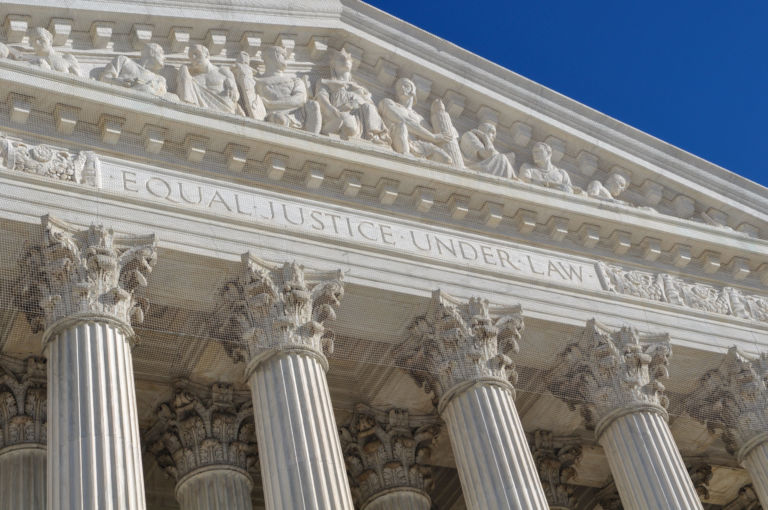Margot Cleveland of the Federalist assesses the National Rifle Association’s latest victory at the nation’s highest court.
The unanimous court in Vullo held that the National Rifle Association (NRA) had sufficiently alleged a First Amendment claim against the New York superintendent of financial services. While the vindication of free speech rights is the top-line takeaway from Thursday’s 9-0 decision, there is much more to glean from the 20-page opinion and two concurrences. Here are five key points.
The Supreme Court in Vullo held that the NRA had properly stated a First Amendment claim against Maria Vullo, the former superintendent of the New York Department of Financial Services (DFS). To reach that conclusion, the high court applied a “coercion” standard based on its precedent in Bantam Books. …
… The court’s analysis proves significant because currently pending before the Supreme Court is another important First Amendment case: Murthy v. Missouri. In that case, the states of Louisiana and Missouri, along with several individual plaintiffs, sued numerous federal agencies alleging the defendants violated their First Amendment rights by pressuring social media platforms to censor disfavored speech. …
… The Vullo court’s focus on the coercion framework may give some lovers of the First Amendment pause, but it shouldn’t. Not only did the court apply that standard because the parties had agreed it controlled, but the opinion gave the concept of “coercion” a broad reading.
“As alleged,” the court explained, “Vullo’s communications with [the third-party insurer] can be reasonably understood as a threat or as an inducement. Either of those can be coercive.” “The Constitution does not distinguish between ‘comply or I’ll prosecute’ and ‘comply and I’ll look the other way,’” the Supreme Court explained, stressing whether something is “analyzed as a threat or as an inducement,” is irrelevant—“the conclusion is the same,” namely the communications are “coercive” and thus violate the First Amendment.


